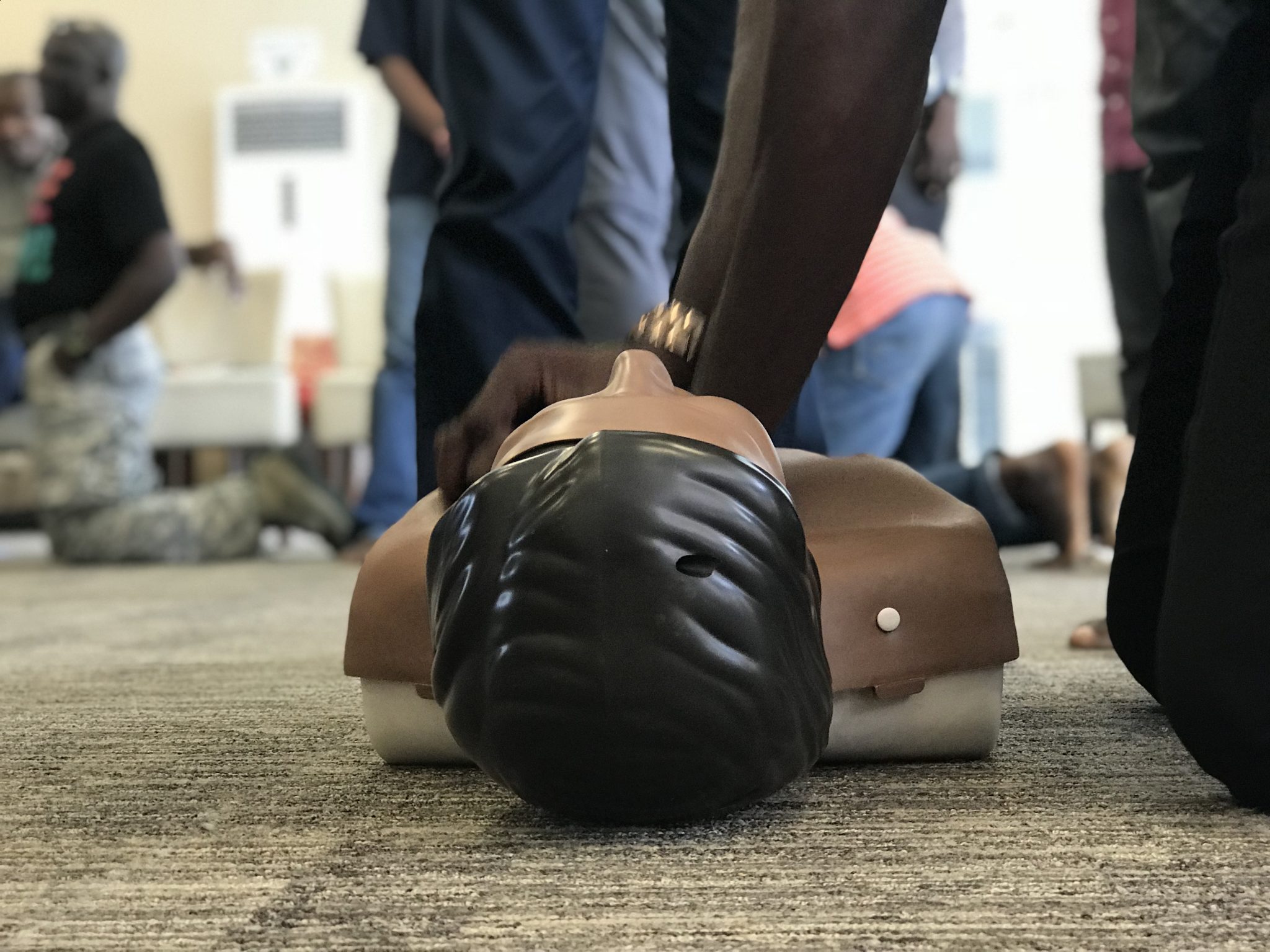Can we safely act as first aiders during the COVID 19 crisis?
The exact nature of COVID 19 and how it is transmitted is something that is still being discovered, and therefore assessing the risk to first aiders is far from easy. But the information below, and the sources of further information linked to, should help first aiders assess the risk.
The risk to first aiders
Transmission of the COVID 19 virus is the main risk on peoples’ minds at the moment, but first aiders can face many risks when dealing with a first aid incident and we shouldn’t overlook the basic principle of starting with an assessment of Danger, for example checking for road traffic or other dangers before helping the casualty.
Cross contamination had always been a risk for first aiders, heightened during the current COVID 19 crisis. There are a number of simple steps that first aiders can take to protect themselves:
- Make sure you wash your hands before and after dealing with someone, the current recommendation of washing your hands for a minimum of twenty seconds and/or using an alcohol gel are especially valid now;
- Wear gloves whilst dealing with a casualty and carefully remove them and dispose of them afterwards;
- Where they are available, wear a disposable apron, but ensure it is removed and disposed of carefully as it is common for people to be accidentally contaminated whilst removing such items;
- Do not touch a wound with your bare hand, also do not touch part of a dressing that has been in contact with a wound.
It is currently believed that the risk of COVID 19 transmission increases if you are closer than 2 metres to an infected person, and that the risk increases the longer you are close to them. Source: UK Government: COVID 19- guidance for first responders. Available at :https://www.gov.uk/government/publications/novel-coronavirus-2019-ncov-interim-guidance-for-first-responders/interim-guidance-for-first-responders-and-others-in-close-contact-with-symptomatic-people-with-potential-2019-ncov
So limiting your exposure and proximity to the casualty [where possible] may reduce your risk.
One area that concerns many first aiders is the idea of performing CPR to someone who may have COVID 19.
Cardiopulmonary Resuscitation [CPR] during COVID 19
If someone is in cardiac arrest, their life is at risk. The quicker CPR is started, a defibrillator is applied and the person receives advanced medical care the more likely they are to survive. But during the time of the COVID 19 crisis there are a number of elements that the first aider may feel put them at heightened risk. Any Personal Protective Equipment [PPE] available, such as face shields, gloves, aprons etc, should be used and then carefully disposed of.
Checking for breathing
Whilst checking for breathing, do not place your face close to the casualty’s face. Instead, look for movement in the lower chest and upper abdomen area. The UK Resuscitation Council also mentions placing a cloth over the casualty’s mouth and nose, presumably to stop the spread of droplets from them during CPR. You can see their full advice here.
Mouth to mouth
One area rescuers struggle with is the close intimate contact required to perform “mouth to mouth”. For some time the UK Resuscitation Council has stressed “If you are untrained or unable to do rescue breaths, give chest compression-only CPR (i.e. continuous compressions at a rate of at least 100–120 min-1)”, in the current situation this [compression only CPR] should be applied for an adult casualty. We have an old video here showing the basics.
Compression only CPR and the use of an Automated External Defibrillator [AED] can be life-saving in this situation. If you want to know more about how to use an AED we have a video here– this was filmed before COVID 19.
If a child is not breathing, the ventilation part of CPR becomes more important. The UK Resuscitation Council recommends giving mouth to mouth in this case, as the risk of transmission of COVID 19 is low, compared to the high chance of brain damage due to a lack of oxygen in the child.
After giving first aid
As with all scenarios, it is important for the rescuer to look after themselves, both physically and mentally. You should carefully dispose of any PPE worn, wash hands [here is a good video on that], consider restocking first aid items used and make notes or complete records depending on the setting.
You should monitor your own physical health, carefully and be kind to yourself as this will probably have been an emotional and stressful experience. If you start to feel unwell, physically or mentally, you should seek professional advice via your doctor or services such as NHS 111 or the NHS app.


[…] Information given below is based on the COVID 19 risk level being assessed by the UK Government as level 3 or lower. For information about being a first aider during COVID 19 you can check our previous post here. […]